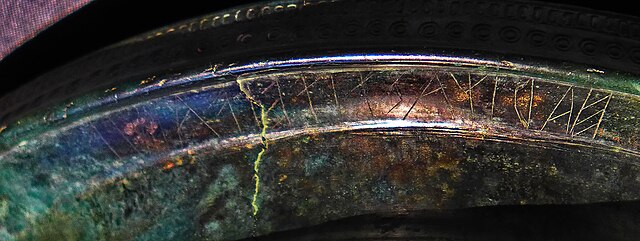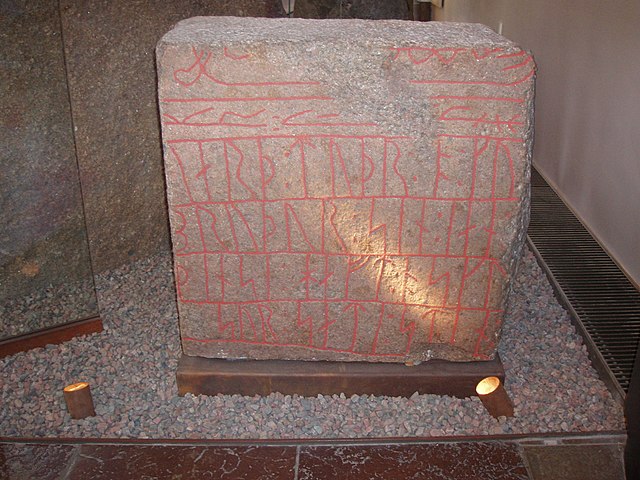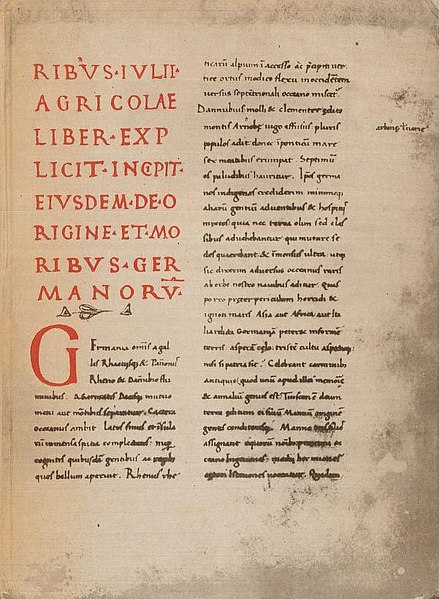Æsir or ēse are gods in Germanic paganism. In Old Nordic religion and mythology, the precise meaning of the term "Æsir" is debated, with it being able to refer to both the gods in general or specifically to one of the main families of gods, in contrast to the Vanir, with whom they waged war, ultimately leading to a joining of the families. The term can further be used to describe local gods that were believed to live in specific features in the landscape such as fells. In the Old English Wið færstice, the Ēse are referred to, along with elves, as harmful beings that could cause a stabbing pain, although exactly how they were conceived of by the author of the text is unclear.
Æsir gathered around the body of Baldr. Painting by Christoffer Wilhelm Eckersberg 1817
The Eyrarland Statue, typically interpreted as depicting Thor. Thor's riding across the sky is likely reflected in the modern Swedish word for "thunderstorm" - Swedish: åska, deriving from an earlier form meaning "the driving of the áss".
Óðinn throws his spear in the Æsir-Vanir war, illustration by Lorenz Frølich (1895)
Snæfell in Iceland, where according to Barðar saga, Barðr Snæfellsáss became an áss who was worshipped in the region and protected those who lived there.
Germanic paganism or Germanic religion refers to the traditional, culturally significant religion of the Germanic peoples. With a chronological range of at least one thousand years in an area covering Scandinavia, the British Isles, modern Germany, and at times other parts of Europe, the beliefs and practices of Germanic paganism varied. Scholars typically assume some degree of continuity between Roman-era beliefs and those found in Norse paganism, as well as between Germanic religion and reconstructed Indo-European religion and post-conversion folklore, though the precise degree and details of this continuity are subjects of debate. Germanic religion was influenced by neighboring cultures, including that of the Celts, the Romans, and, later, by the Christian religion. Very few sources exist that were written by pagan adherents themselves; instead, most were written by outsiders and can thus present problems for reconstructing authentic Germanic beliefs and practices.

A 5th or 6th-century C-type bracteate (DR BR42) showing a figure, likely Odin, above a horse with dislocated legs. This may refer to Odin's healing of Baldr's horse in the Second Merseburg Charm and was likely a talisman.
The B inscription on the Negau helmet, c. 450-350 BCE. This inscription may be the earliest attestation of the name of the Germanic god Tyr's name.
Sønder Kirkeby runestone I (c. 1000). The inscription calls on Thor to hallow something unspecified.
The opening page of the Codex Aesinas of Tacitus's Germania, which gives a large amount of information on Roman-era Germanic religion.








